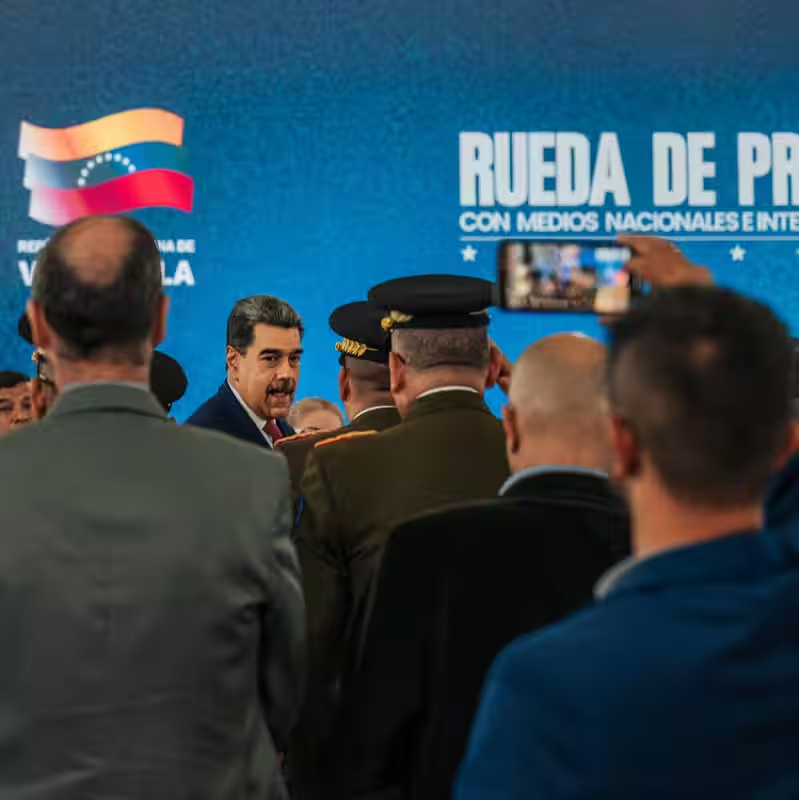Washington, D.C., October 16, 2025 — In a dramatic escalation of U.S. involvement in Latin America, the Trump administration has authorized covert CIA operations inside Venezuela, even as the Pentagon draws up contingency plans for potential military strikes against key targets in the oil-rich nation.
The move—confirmed by three senior U.S. officials familiar with the classified directive—marks the most aggressive U.S. posture toward Caracas since the failed 2020 coup attempt against President Nicolás Maduro. While details of the covert action remain classified, sources say it includes intelligence gathering, support for dissident military factions, and cyber operations targeting Venezuela’s energy and communications infrastructure.
Covert CIA Action in Venezuela: What We Know
According to officials who spoke on condition of anonymity due to the sensitivity of the matter, President Trump signed a presidential finding last week that formally authorizes the Central Intelligence Agency to conduct clandestine activities aimed at “destabilizing the Maduro regime and accelerating its collapse.”
“This isn’t just about gathering intel anymore,” said one national security official. “The goal is regime change—by any means short of open warfare, unless it comes to that.”
Military Options on the Table
Simultaneously, the U.S. Southern Command has presented Trump with a range of military options, including:
- Airstrikes on radar and air defense sites near Caracas
- Naval blockade of key oil export terminals
- Special operations raids to extract high-value defectors
- Cyberattacks to disable Venezuela’s power grid and oil refineries
While no decision has been made to deploy force, the mere preparation of such plans signals a sharp departure from previous administrations’ reliance on sanctions and diplomacy.
Why Now? The Venezuela Flashpoint
Venezuela’s strategic importance has surged amid growing Chinese and Russian military presence in the country. Recent satellite imagery shows Russian technicians upgrading air defense systems near Caracas, while Chinese firms have taken operational control of several oil fields.
Trump, who has long called Maduro a “dictator backed by America’s enemies,” appears determined to reassert U.S. dominance in its own backyard. “We’re not going to let Beijing and Moscow turn Venezuela into their Caribbean fortress,” Trump told allies during a private meeting at Mar-a-Lago last weekend.
Domestic and International Backlash Brewing
The authorization has already drawn sharp criticism from Democratic lawmakers. Senator Chris Murphy called it “a reckless path toward another endless conflict,” while House Foreign Affairs Chair Gregory Meeks warned that covert action could “trigger a regional war.”
Latin American leaders have also reacted with alarm. Colombian President Gustavo Petro urged “maximum restraint,” while Brazil’s government summoned the U.S. ambassador for an emergency briefing.
Historical Echoes and Legal Concerns
Critics point to the legacy of U.S. interventions in Latin America—from Chile in 1973 to Guatemala in 1954—as cautionary tales. “Covert regime change rarely ends well,” said Dr. Elena Ruiz, a historian at Georgetown University. “It breeds instability, fuels anti-Americanism, and often installs regimes just as brutal as the ones they replace.”
Legally, the administration is required to notify congressional intelligence committees of covert actions. Sources confirm that briefings were held last Friday—but several lawmakers say they were given minimal detail.
| Key Elements of U.S. Strategy | Status |
|---|---|
| Covert CIA operations | Authorized by presidential finding |
| Military strike options | Under review; not yet approved |
| Congressional notification | Limited briefing completed |
| International response | Widespread concern in Latin America |
[INTERNAL_LINK:U.S.-Latin-America-Policy] stands at a crossroads—and Venezuela may become the defining test of Trump’s “America First” doctrine in the region.




